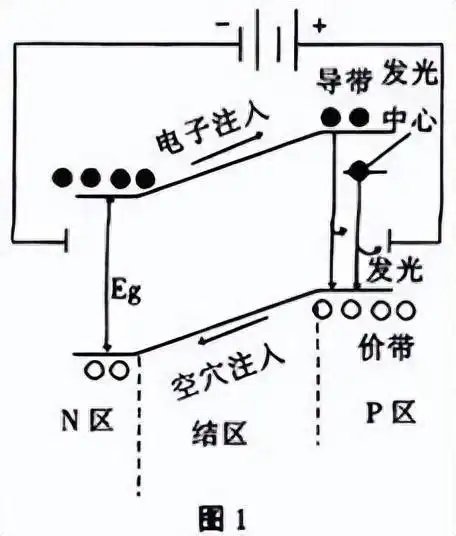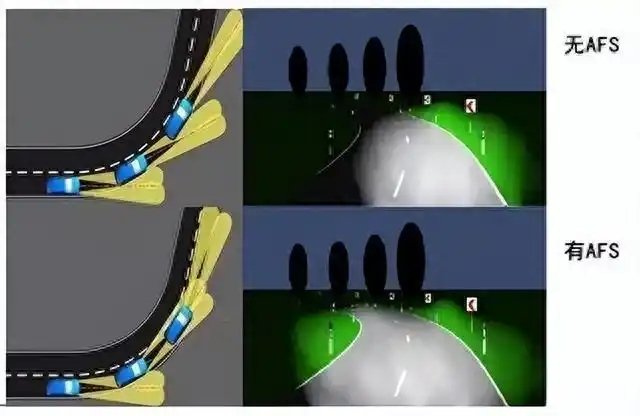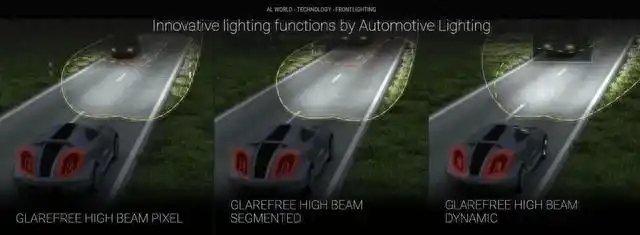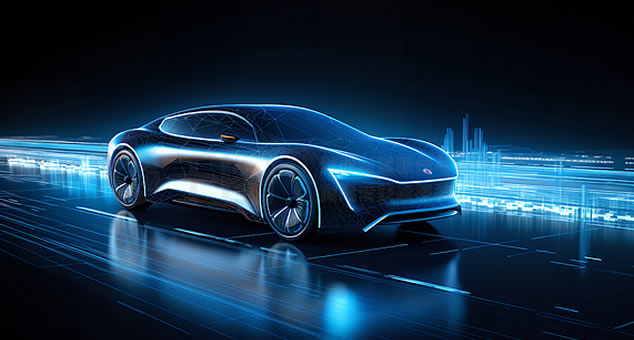Car headlights play a vital role in car lighting systems, car performance and safety systems. They are an important part of the overall performance of cars. With the development and progress of the times, car lights have gradually changed from halogen lamps and tungsten filament lamps to LED lamps with better light intensity and longer service life. LED lamps have also been used more and more, technology has been improved, and the price has been relatively reduced. Therefore, in the design of car lights, LED lamps are listed as the preferred solution.
1. LED principle
LED lamp is a low-energy lamp. The principle is to conduct electricity and emit light. It can be converted into light energy when powered on. There is a semiconductor in the middle of the LED. One part is a P semiconductor, which is an important component of light emission. The other part is N, which conducts electricity through the flow of electrons. When the two semiconductors are connected together, they become a PN junction and emit light immediately. Conducting electricity in one direction is the characteristic of PN. If pressure is applied to the positive electrode on both sides of PN, the electrons will immediately move and form a compound in the interval. In this process, the electrons go from low to high, obtain fusion and then emit a certain light energy. Using this principle, LED can emit light.

From the current development situation, most products using LED lights are not very diversified in terms of functionality, and almost only have the necessary high beam and low beam. In addition, although some traditional headlights have automatic adaptation functions, they are not very intelligent because of their complex design structure and simple light distribution, and cannot adapt well to some complex road conditions.
To solve this problem, the AFS adaptive front lighting system and the ADB adaptive high beam system were introduced. Because of their unique functions and intelligence, they use the form of steering headlights to rotate the headlights 8° to 15° left and right according to the direction of the vehicle to illuminate the blind corners of the curve; the fog lights of the front vehicle are used for curve lighting. When turning, the corresponding fog lights on the inner side of the curve start to illuminate the blind corners of the curve.

2. AFS principle
The signal is collected by the signal collector installed on the steering gear, and the collected signal is sent to the microcomputer for analysis and processing. After the microcomputer completes the processing, the processed signal is sent to the actuator, and the actuator drives the electrical signal; for example: if we turn left or right now, the signal collector will collect the left or right turn signal and send this signal to the microcomputer. After the microcomputer processes it, the left or right signal is sent to the actuator, so that the light can shine on the left or right side of our turn.
The direction and angle of the light are equal to the steering angle, and there is a compensation angle under certain circumstances. This utility model patent also has automatic reset and memory functions. It can turn off the engine when the direction is not corrected, and the headlights can automatically return to the correct position. When the headlights are turned on for the second time (when the direction is not corrected), the microcomputer will compare the position of the headlights before the engine is turned off with the current position of the direction, and after correction, it will give the current accurate position signal to start the headlights turning to the appropriate position.

3. ADB system
With the development of machine vision, complex sensing, array light source and other technologies, as well as the market demand for intelligent driving assistance functions, the adaptive high beam system - ADB (Adaptive Driving Beam) came into being. As a high beam intelligent control system that can adaptively switch according to road conditions, ADB has broad application prospects. Based on the operating conditions of the vehicle, environmental conditions and vehicle conditions on the road, ADB automatically turns on or off the high beam for the driver. At the same time, the high beam light type is adaptively switched according to the position of the vehicle in the front field of view of the vehicle to avoid dazzling other road users.
Compared with traditional high beam, ADB uses intelligent control to replace manual switching, making lighting control more convenient and comfortable; at the same time, the anti-glare light type change replaces the high and low beam switching, which expands the field of vision lighting on the basis of ensuring road driving safety.

At present, car headlights have realized intelligent design, and the use of LED to realize car light functions has gradually become the focus of attention of automobile manufacturers, especially the AFS and ADB intelligent car light system design mentioned in the article has been widely valued by people. As my country's automobile production is booming, car light design is also innovating. Our young generation is in the midst of a wave of technological development, and we should seize the opportunity to try to design and manufacture smart car lights that meet consumer requirements and use technology to change our lives.
